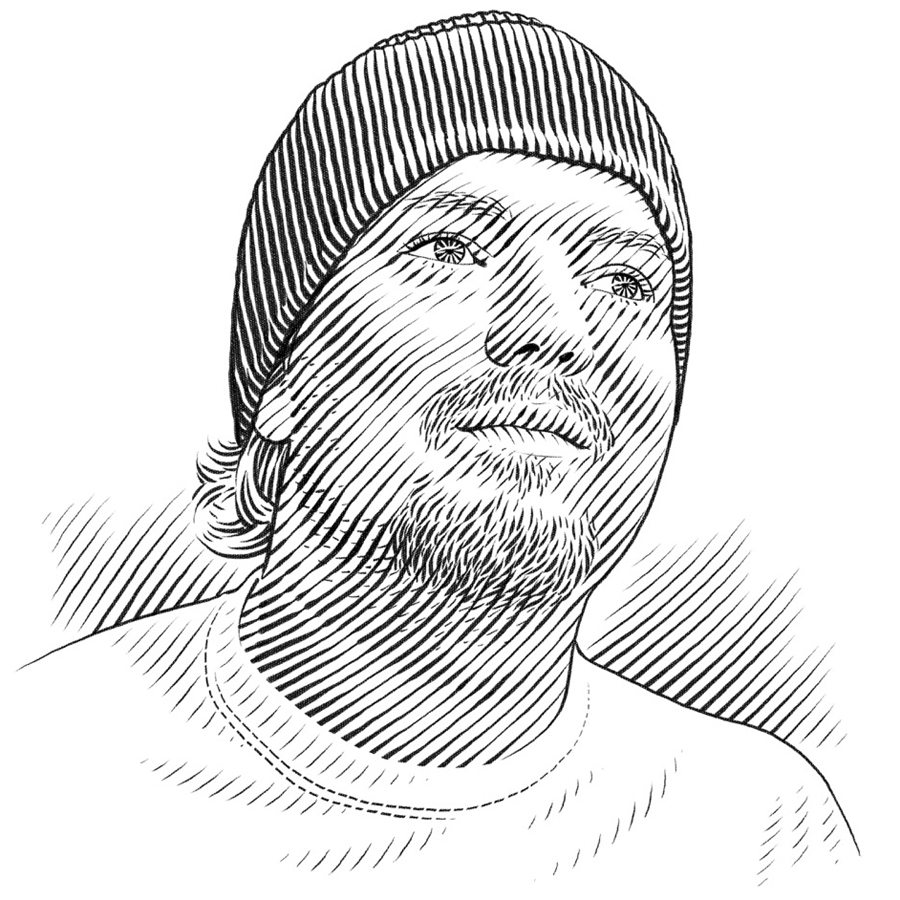Pacific plastics expedition
Ever heard of invisible plastic? Well our oceans are full of it. During a 63-day crossing, Matt and Nicole travelled from San Francisco to Yokohama to find out about micro plastic pollution in the Pacific.
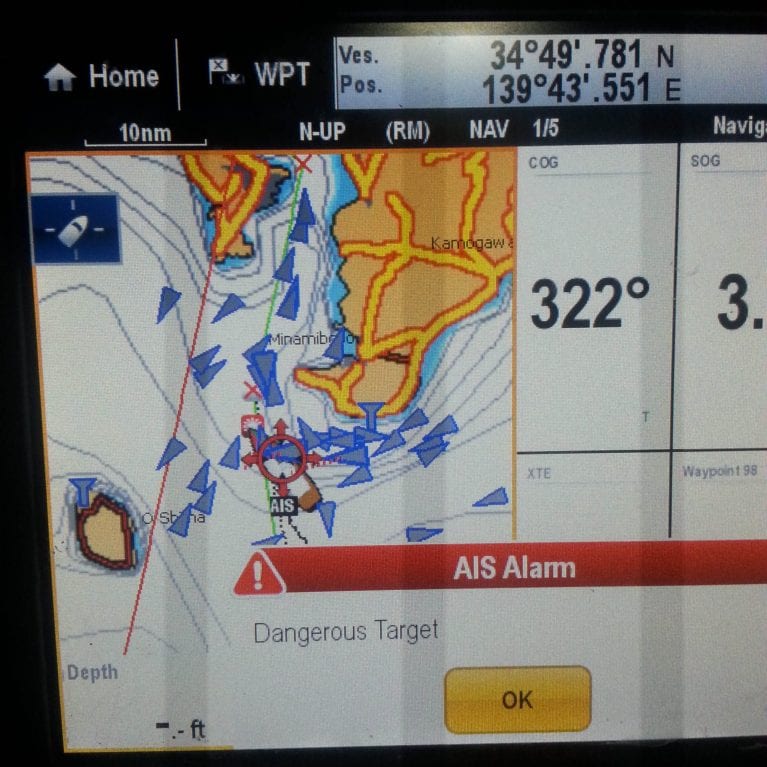
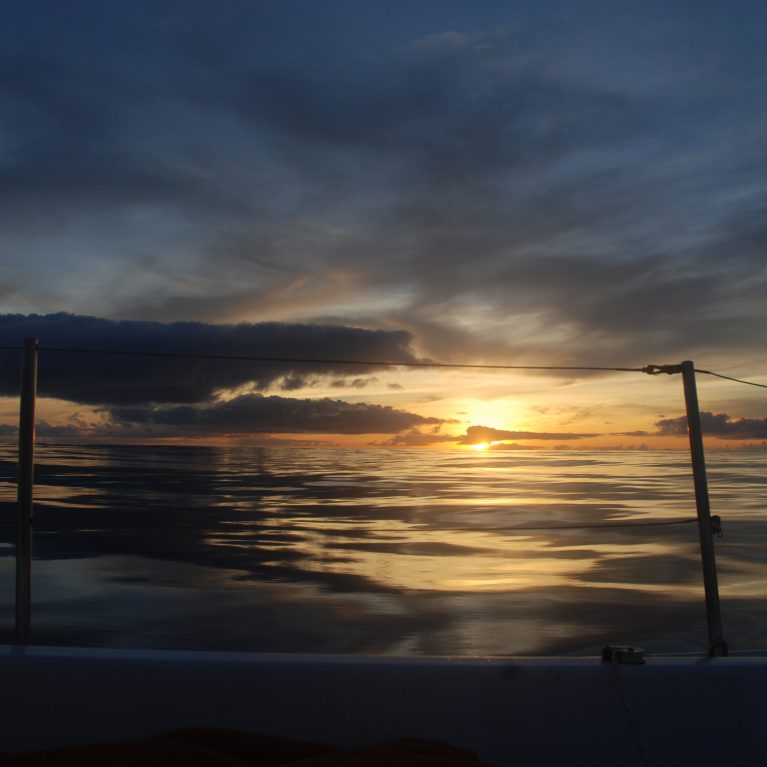
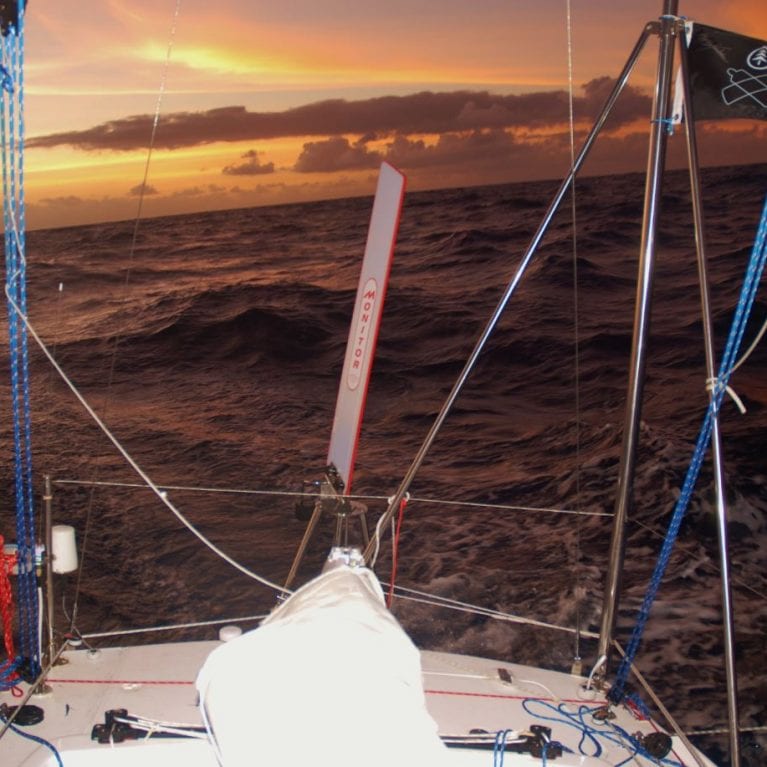
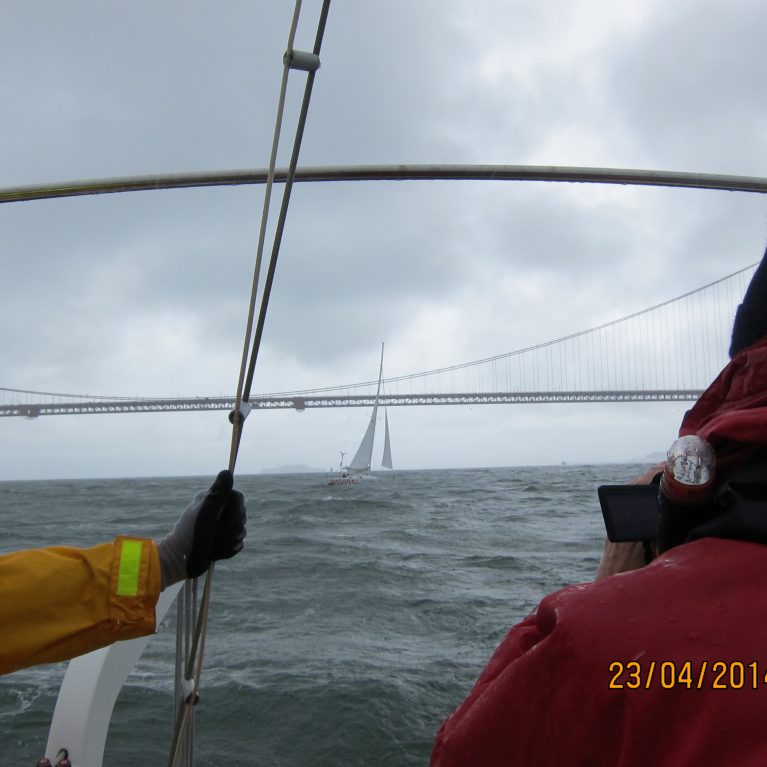
Trans-Pacific Plastic Pollution Survey
To collect scientific data to help researchers better understand the nature and extent of marine plastic debris. We will acquire a unique and extensive dataset spanning the Pacific Ocean. Data will be incorporated into predictive computer models and combined with research being completed by top scientists.
This project is the first trans-Pacific marine plastics survey. The data collected will fill a major gap in data about marine debris within the North Pacific Gyre and will also provide data from waters of the non-gyre current areas. The survey will allow experts to report on the nature and extent of oceanic pollution, the current and projected risks to marine species, and potential impacts to human health as a result of bioaccumulation of toxins on micro plastics. Research on marine plastic debris is a fairly new field and there is much to be discovered.
Typically this type of research is completed at a high cost using large expedition vessels, which can make long-range surveys restrictively expensive. This survey will be completed using a small sailing vessel with limited crew. A trans-Pacific survey, if completed by traditional means, would normally require upwards of $1.2-million to complete. The success of Ocean Research Project’s previous Atlantic expedition, and this Pacific expedition, will prove that high-value data can be gathered using small sailing vessels and limited crew. This paradigm shift for marine plastics research will result in larger datasets feeding into more refined predictive models, which produce estimates of the nature and extent of the marine plastics epidemic.
There are many unanswered questions about marine plastics. Are plastics truly floating in large quantities throughout our oceans? Is plastic sea debris a danger for marine species and human health? What is the role of bacteria on plastics at sea? These questions will be explored by the Ocean Research Project.
Through a literature review and consultation with experts, the Ocean Research Project has identified the areas most in need of research. These include areas in the North Atlantic (surveyed in 2013) and in the North Pacific Ocean (to be surveyed in 2014).
During the summer of 2013, Captain Matt Rutherford and Nicole Trenholm of the Ocean Research Project spent 80 days covering 6,500 nautical miles in order to collect plastic samples in the eastern extent of the North Atlantic gyre. Nicole subsequently measured and characterised the abundance of sea plastics in the samples taken during the Atlantic survey, and she will oversee the Pacific sample collection and processing for the current trip.
The aims and objectives of this project are to:
- Take regular samples along the North Pacific survey route using an Avani net.
- Provide educational outreach during and after the trip to selected classrooms via e-mail.
- Deploy a tracking receiver to detect the behavior and migrations of marine species.

